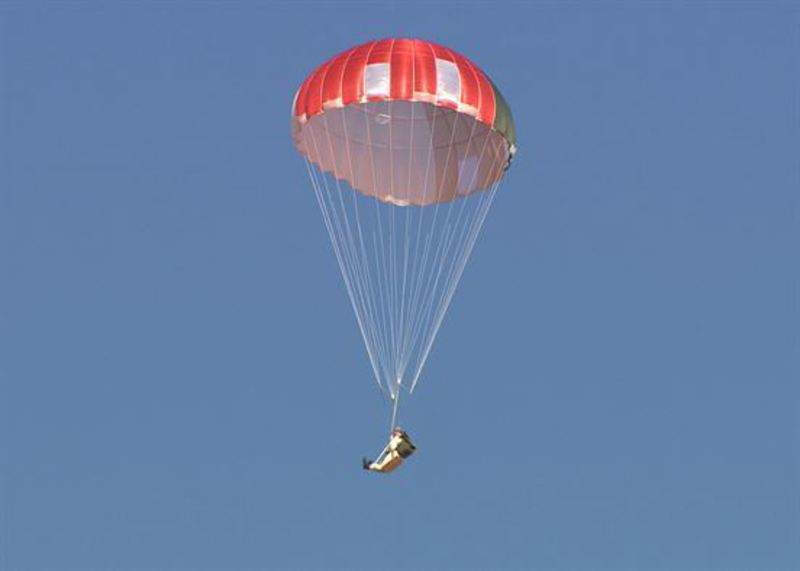

The US Air Force’s (USAF) 418th Flight Test Squadron (FLTS) is testing a new parachute canopy, which is intended to replace the current C-9 canopy used in the advanced concept ejection seat (ACES) II system.
The testing on GR7000 parachute is being carried out as part of the USAF’s ACES II safety and sustainability improvement programme (SSIP).
Conducted at Edwards Air Force Base, California, US, the testing involved ten dummy drops, 20 live-person jumps, and five drops using a crosswind deployment cylindrical test vehicle, which is similar to an inert bomb.
The parachute canopy testing was conducted using Skydive Perris’ Skyvan, a plane with an anchor cable with a winch on the right side of the aircraft cargo hold and bench seats for parachutists and passengers running down both sides.
418th FLTS ACES II SSIP project manager Alice White said: “The overall test objective is to demonstrate the strength of the GR7000 parachute at worst-case ejection (situations), high-altitude mode 1 deployment, and evaluate the steady-state descent characteristics of the GR7000 parachute.”
The parachute has been designed to handle the greater weight ranges for pilots and to provide a slower rate of descent and oscillation, the USAF stated.
The ACES II SSIP has been ongoing for many years, according to White.
White added: “Approximately 80% of the qualification testing has been completed to date.”
Since its initial fielding in 1978, ACES II has undergone two significant changes concerning ejection seat safety.
The first change was expanding the allowable aircrew weight range from 140lb-211lb to 103lb to 245lb, while the second change was the introduction of helmet-mounted devices, particularly the nuclear flash blindness goggles used by B-2A Spirit aircrew.
Image: A GR7000 parachute along with dummy descends over a drop zone near Edwards Air Force Base in California, US. Photo: courtesy of the US Air Force/Brad White.



